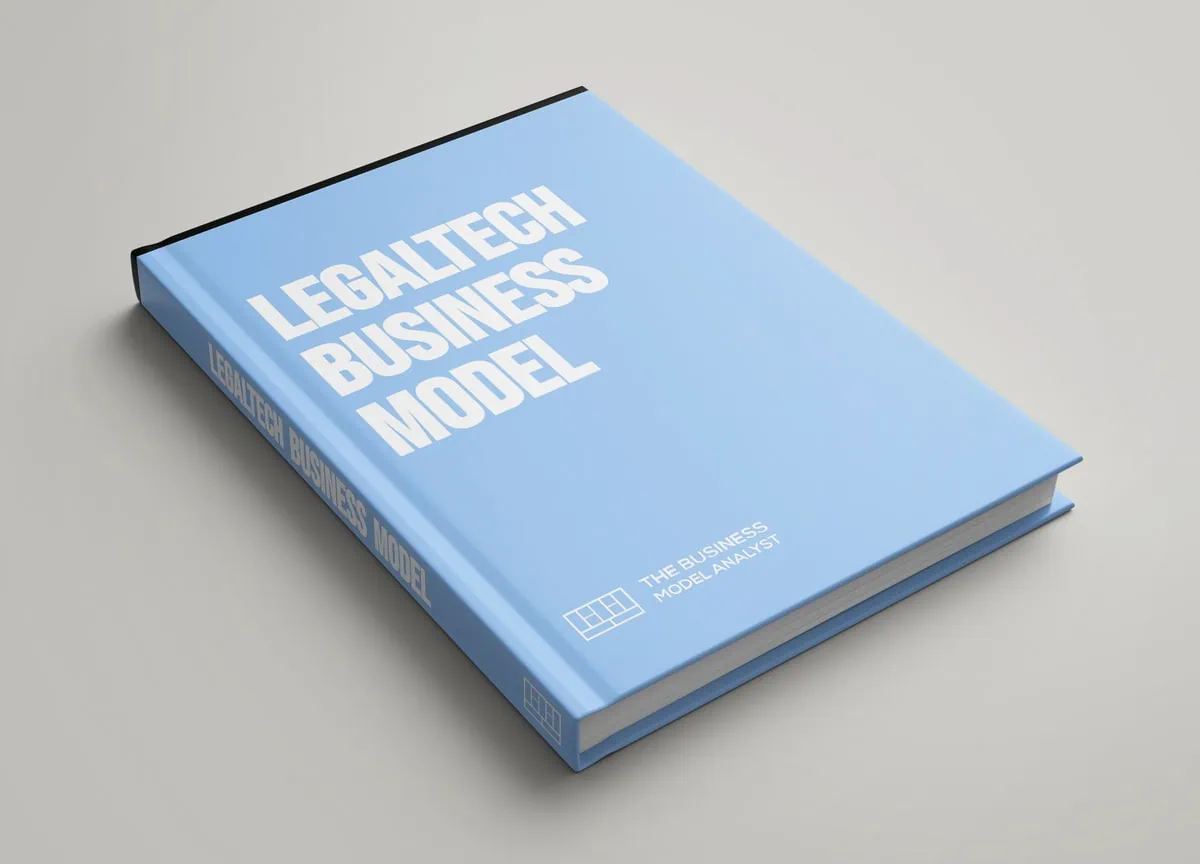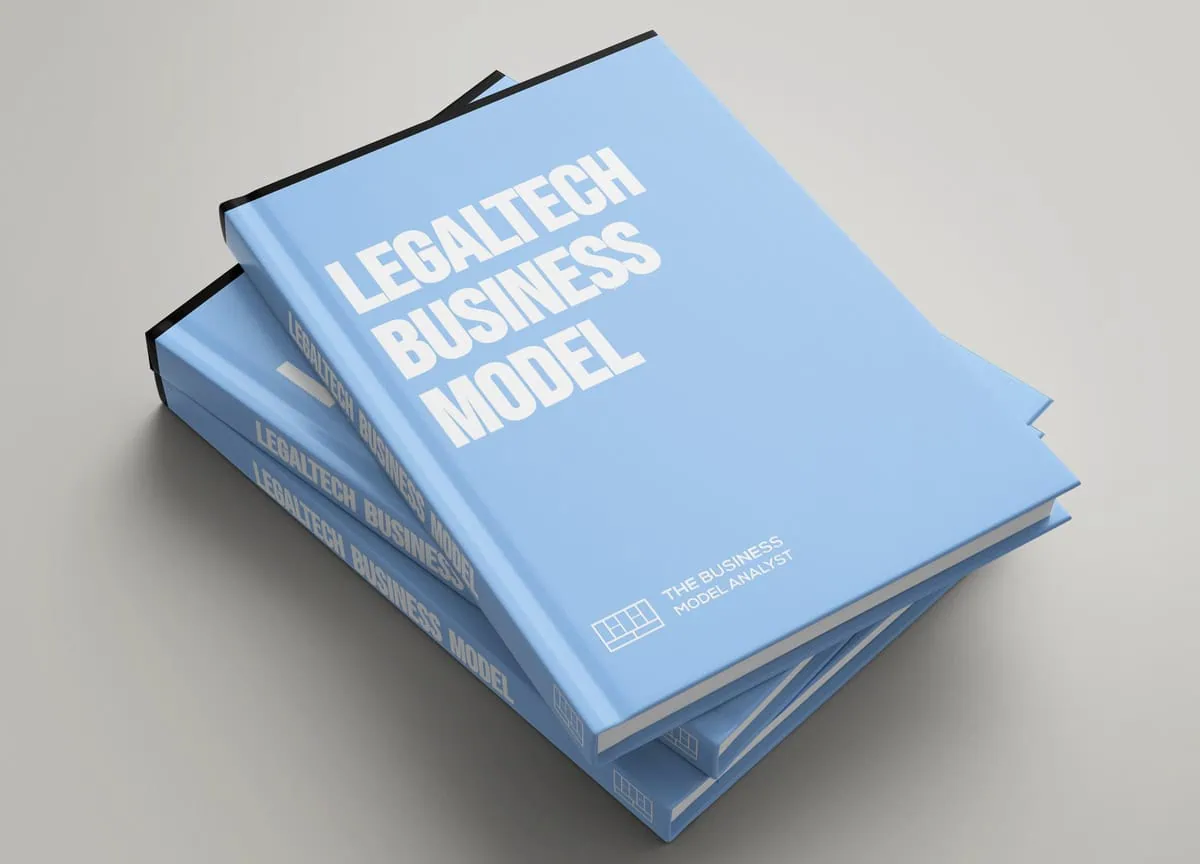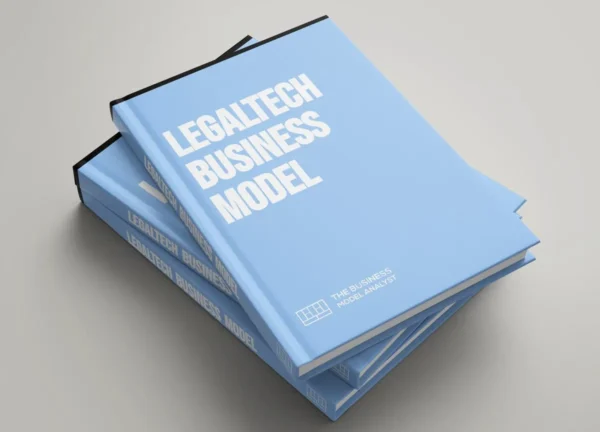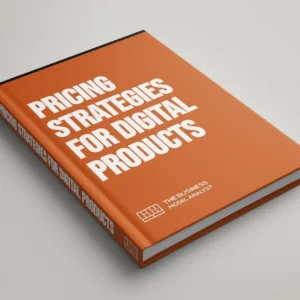SUPER GUIDE : Legal Technology Business Model
The Super Guide to Legal Technology Business Model is a comprehensive guide to how this model encompasses the strategies, processes and revenue streams that legal technology companies deploy to create, monetize and deliver solutions.
Table of contents
- Introduction
- Understanding legal technology
- The evolution of legal technology
- Importance of legaltech business models
- Business model fundamentals
- What is a business model?
- Components of a business model
- Importance of a solid business model in legaltech
- Market analysis in legal technology
- Identifying market trends
- Assessing market needs and demands
- Competitor analysis in legal technology
- SWOT analysis for legal technology companies
- Strengths
- Weaknesses
- Opportunities
- Threats
- Types of legal technology business models
- Market platforms
- Features and examples
- How Marketplace platforms work in legaltech
- Managing trust and quality control on Marketplace platforms
- Advantages of marketplace platforms in legal technology
- Software-as-a-service (SaaS) models
- Advantages of SaaS models in legaltech
- Challenges of SaaS models in legal technology
- SaaS implementation strategies
- Subscription-based models
- Building a subscription model in legaltech
- Retention strategies for subscription-based services
- Advantages and benefits of subscription-based models
- Challenges and considerations of the subscription-based model
- Freemium models
- Principles of Freemium models in Legaltech
- Monetization strategies for Legaltech’s Freemium platforms
- Converting Freemium users into paying customers
- Advantages and benefits of Freemium models
- Challenges and considerations of the Freemium model
- Pay-per-use models
- Advantages and benefits of pay-per-use models
- Challenges and considerations of pay-per-use models
- Designing a pay-per-use pricing structure
- Balancing price and value in fee-based legaltech solutions
- Market platforms
- Building and validating your Legaltech business model
- Identify your value proposition
- Customer segmentation and targeting
- Revenue streams and pricing strategies
- Partnerships and key resources
- Cost structure and financial projections
- Validating your Legaltech business model
- Financing and investment strategies
- Seed vs. External financing
- Bootstrapping
- Advantages of bootstrapping
- Challenges of bootstrapping
- External financing
- Advantages of external financing
- Challenges of external financing
- Bootstrapping
- Introducing investors to legal technologies
- Participatory financing and alternative financing options
- Participatory financing
- Alternative financing options
- Seed vs. External financing
- Case studies and success stories
- Analysis of successful legaltech companies
- Clio
- Historical background
- Key features and functionalities
- Success factors
- Legalzoom
- Rocket Lawyer
- Rocket Lawyer success story
- Elevating legal technology with Rocket Lawyer
- Clio
- Lessons learned from legaltech entrepreneurs
- Avvo
- Docusign
- Historical background
- Revolutionizing legal transactions with electronic signatures
- Simplifying workflows and improving user experience
- Security and compliance
- Milestones
- Analysis of successful legaltech companies
- Conclusion
Read an excerpt from this great guide to the Legaltech business model:
“At its core, Legaltech refers to technological innovations, platforms and solutions designed to help legal professionals, law firms and businesses perform their legal tasks more efficiently and accurately. Legaltech encompasses a variety of technologies, including artificial intelligence (AI), machine learning, data analytics, natural language processing (NLP), automated document management systems and cloud-based collaboration tools. These technologies combine with legal expertise to improve legal processes, enhance document management, increase productivity, enable data analysis and deliver reliable legal services.
This is indispensable knowledge for entrepreneurs and business model analysts and consultants. If you want to dominate business models, this great guide has been specially designed for you.




Product images are for illustration purposes only.






















0 out of 5
0 Reviews
There are no reviews yet.